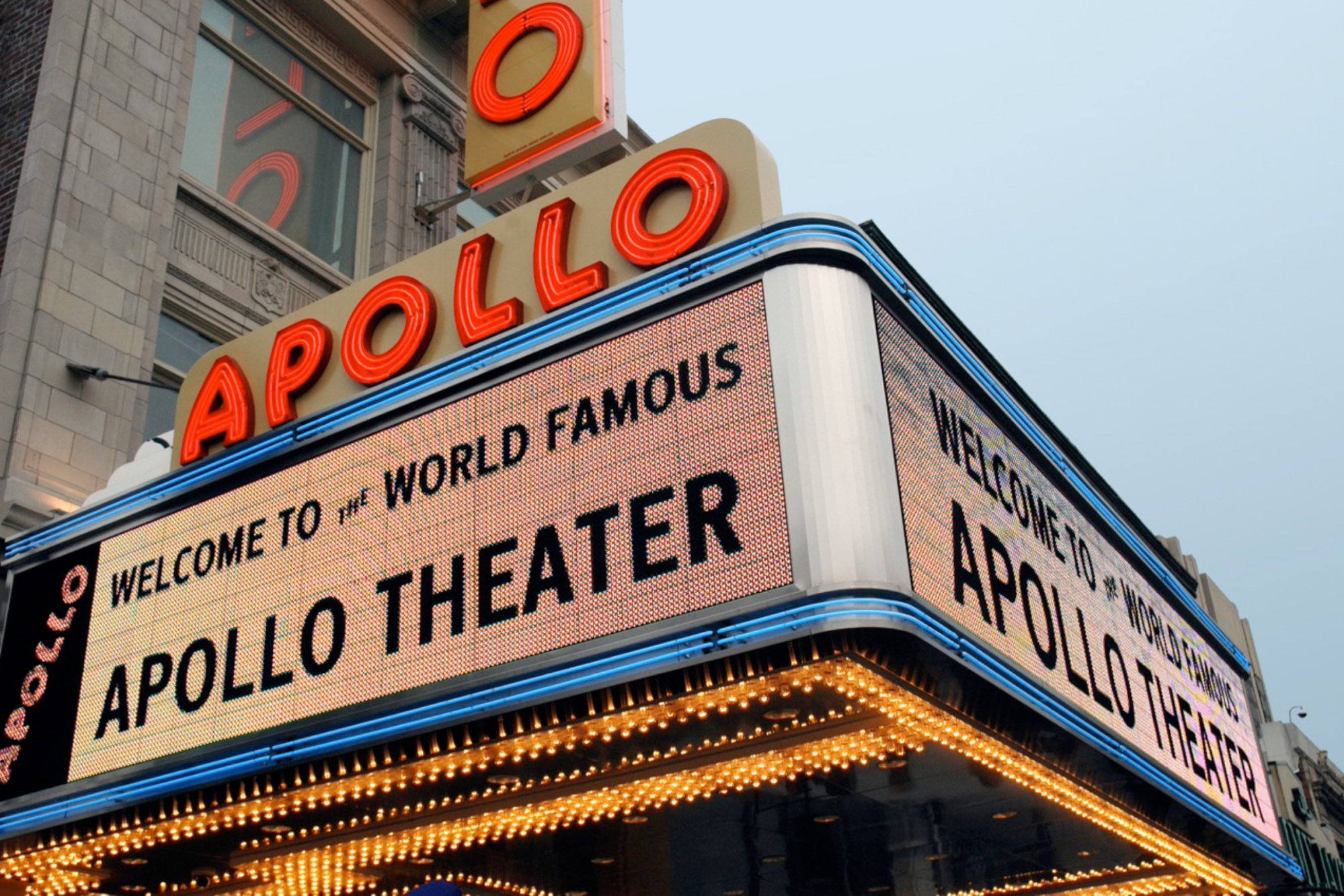Celebrating Black History Month in Harlem

Harlem is a neighborhood in New York City that played a significant role in the cultural and intellectual development of the African American community during the 20th century. This neighborhood was a center of the Harlem Renaissance, a time of cultural, social, and artistic expression that helped to establish the voice of African Americans and shaped the nation’s cultural landscape. In recognition of the contributions of African Americans to American history and culture, Black History Month is celebrated every February in the United States to honor their legacy.
Many famous African American figures lived in or had close ties to Harlem during the 20th century, including:
- Langston Hughes, poet and playwright
- Duke Ellington, jazz composer and bandleader
- Zora Neale Hurston, writer and anthropologist
- Bill “Bojangles” Robinson, dancer and actor
- Adam Clayton Powell Jr., Baptist minister and politician
- Thurgood Marshall, civil rights lawyer and Supreme Court justice
- W.E.B. Du Bois, sociologist and civil rights leader
- Marcus Garvey, political leader and publisher
- Countee Cullen, poet
- Claude McKay, poet and novelist.
These figures and many others made significant contributions to the cultural and intellectual life of Harlem, helping to establish it as a symbol of African American creativity, aspiration, and cultural expression.
Let’s back up a second and talk about Black History Month.
Black History Month, also known as African American History Month, originated in 1926 as “Negro History Week” by Carter G. Woodson, a African American historian and educator. The week was chosen to coincide with the birthdays of Abraham Lincoln and Frederick Douglass, two important figures in American history who played a role in the abolition of slavery.
In the 1960s and 1970s, the Civil Rights Movement and the growing awareness of African American history led to the expansion of Negro History Week to the entire month of February. The month-long celebration was officially recognized as Black History Month by the U.S. government in 1976, and is now observed in the United States, Canada, and the United Kingdom.
The purpose of Black History Month is to recognize and celebrate the contributions of African Americans to American history and culture, as well as to raise awareness of the challenges and struggles that African Americans have faced and continue to face in their quest for equality and justice. The celebration of Black History Month is an opportunity to learn about and pay tribute to the rich heritage of the African American community.
There are many famous historical sites in Harlem. Here are just a few:
- Abyssinian Baptist Church – a historic church founded in the late 18th century that played a significant role in the religious and political life of Harlem.
- Schomburg Center for Research in Black Culture – a research library that holds one of the world’s largest collections of materials related to the African diaspora.
- The Apollo Theater – a historic music hall that played a major role in the cultural life of Harlem and has hosted performances by many of the greatest African American musicians, including James Brown, Ella Fitzgerald, and Louis Armstrong.
- The Harlem YMCA – a community center that was a hub of African American cultural and intellectual life during the Harlem Renaissance.
- The Harlem Market – a street market that was once a thriving center of African American commerce and culture in Harlem.
- The Abyssinian Development Corporation – a non-profit organization that works to revitalize Harlem and preserve its cultural heritage.
- The Harlem Children’s Zone – a community-based organization that provides educational and social services to children and families in Harlem.
These sites, among many others, offer a glimpse into the rich history and cultural heritage of Harlem and the African American community.
